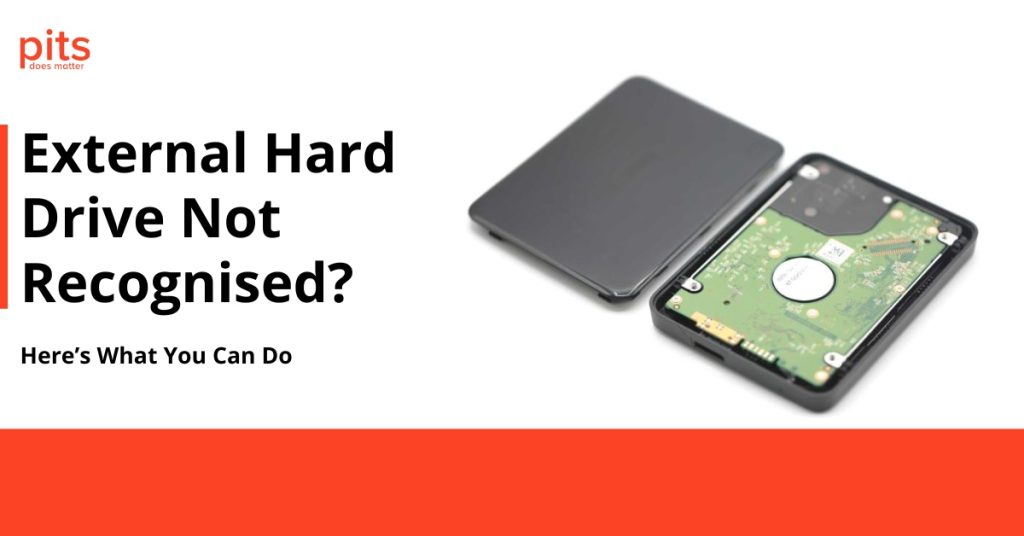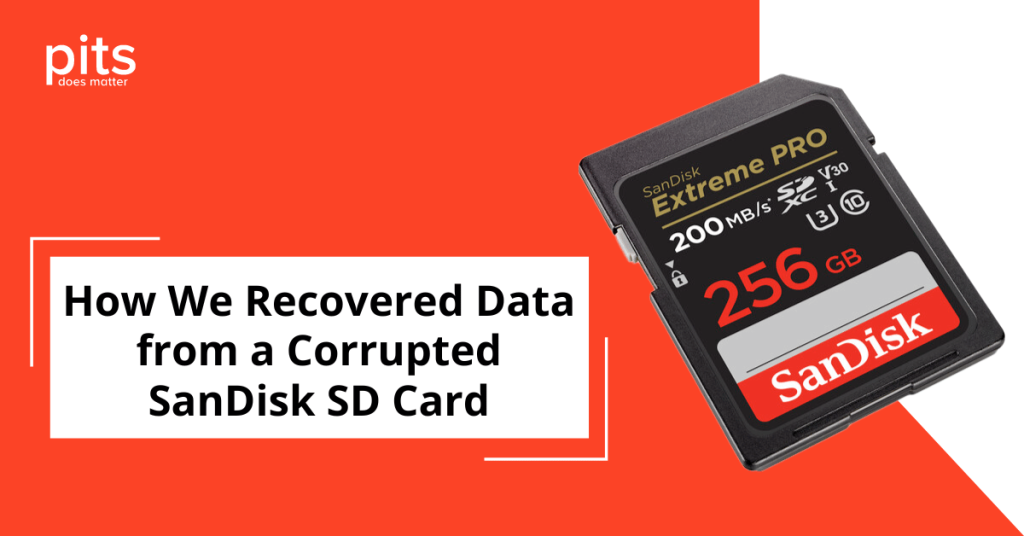For those embarking on their journey into the realms of photography or videography, you may have encountered the terminology “CF card” or “compact flash card” during your research. However, it is imperative to comprehend the essence of CF cards and discern their significance in the context of video recording and data storage. Within this comprehensive beginner’s guide, we shall immerse ourselves in the realm of CF cards, elucidate their characteristics, and facilitate your understanding of their merit as a superlative choice for your video recording and data storage requisites.
Compact Flash Memory Cards: An Overview
CompactFlash memory cards, often colloquially known as CF cards, constitute a category of flash memory storage devices that have enjoyed pervasive employment within the photography and videography sectors for numerous decades. Their genesis can be attributed to SanDisk, who first introduced them in 1994, subsequently attaining popularity among professionals and enthusiasts alike.
Diverging from conventional hard drives or optical media, CF cards harness solid-state flash memory to preserve data. This distinctive feature renders them more robust, impervious to shocks, and compact in nature, rendering them an ideal choice for deployment in digital cameras, camcorders, and various other portable devices.
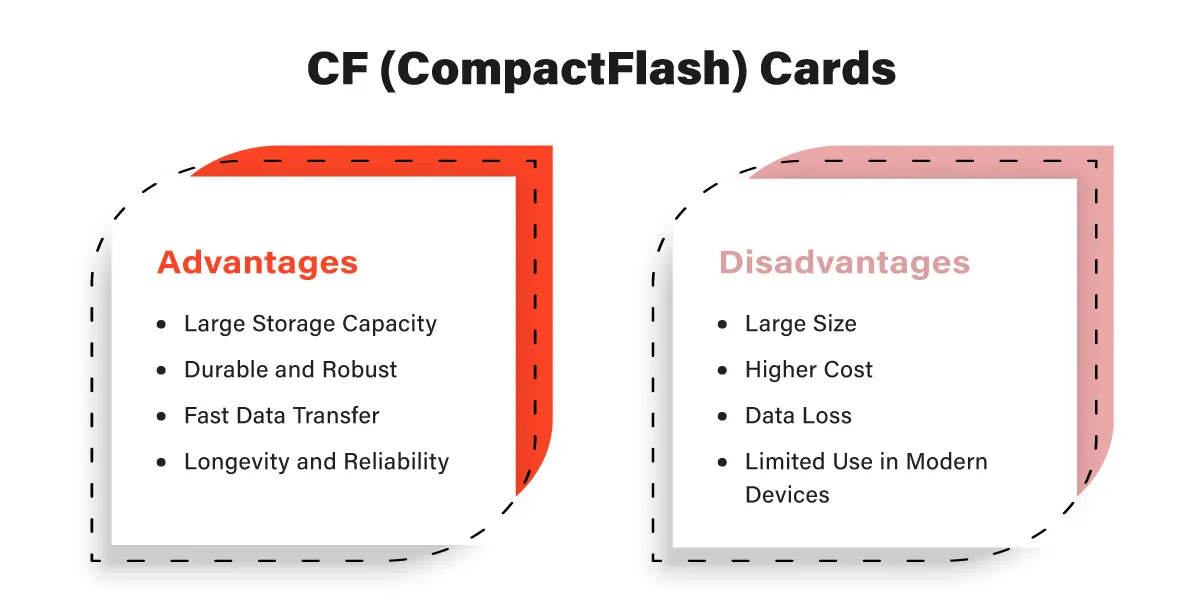
High-Speed Data Transfer for Continuous Video Capture
Professionals frequently opt for CF cards due to their outstanding data transfer speeds, which play a pivotal role in capturing uninterrupted, high-quality video footage and averting the occurrence of dropped frames.
CF cards deliver impressive read and write speeds, enabling seamless recording of 4K video and facilitating burst mode photography. The transfer rates of CF cards are typically indicated by a numeric value followed by an “x.”
For instance, a 100x CF card boasts a transfer rate equivalent to 150 KB/s (kilobytes per second). Elevated transfer speeds result in smoother video recording and expeditious data transfers.
Comprehending Read and Write Speeds
In the selection of a CF card, it becomes paramount to take into consideration both the read and write speeds. The read speed pertains to the rapidity with which data can be retrieved from the card, whereas the write speed signifies the velocity at which data can be inscribed onto the card.
In the context of video recording, a heightened write speed becomes indispensable to guarantee that the CF card can accommodate the requisite data rate for your chosen video quality. Diminished write speeds may potentially culminate in the occurrence of dropped frames, diminished video quality, or even disruptions during recording sessions.
Introducing the SanDisk Extreme Pro CompactFlash
One example of CF cards available in the market is the SanDisk Extreme Pro Compact Flash series. These cards have been meticulously fashioned with the needs of professional photographers and videographers at the forefront, offering unparalleled performance and unwavering reliability.
The SanDisk Extreme Pro CompactFlash cards lay claim to remarkable write speeds, rendering them eminently suitable for the capture of high-resolution images and the seamless recording of 4K video, devoid of any glitches.
With storage capacities spanning from 16GB to 256GB, they provide an ample reservoir for protracted shooting endeavors.
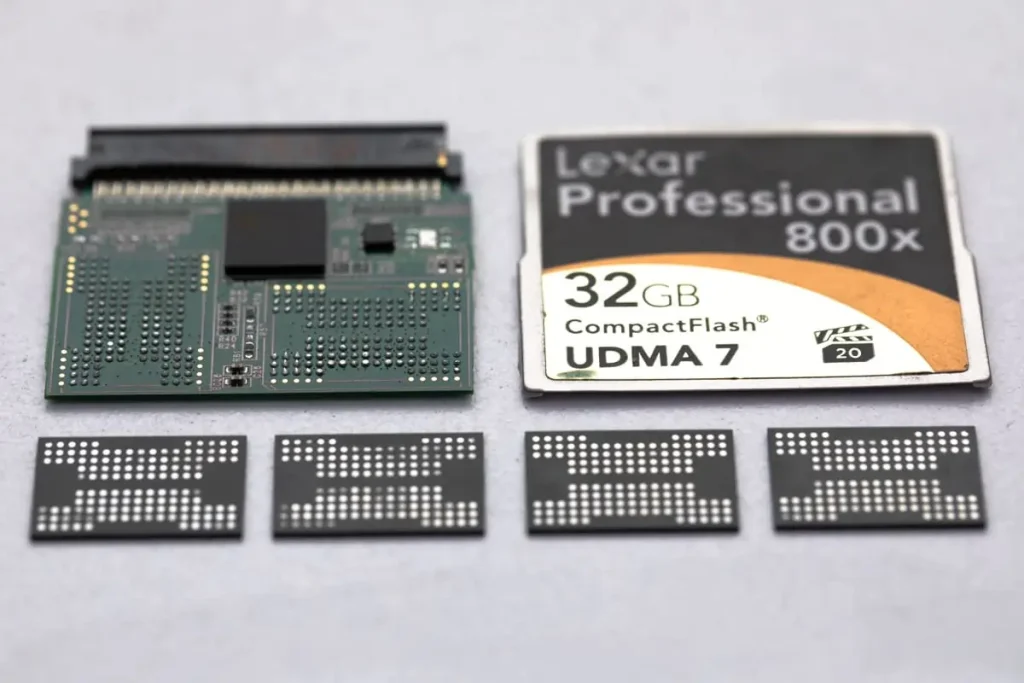
Selecting the Appropriate CF Card Reader
To facilitate the seamless transfer of data from your CF card to a computer, a CF card reader is an essential tool. These readers are available in diverse forms, encompassing external USB readers and integrated card slots found on select computers.
When embarking on the selection of a CF card reader, it is imperative to verify its compatibility with high-speed data transfer rates, thus allowing you to fully harness the potential of your CF card. USB 3.0 or USB 3.1 card readers, for instance, proffer enhanced transfer speeds in comparison to their older USB 2.0 counterparts, enabling you to swiftly offload your footage or images.
Storage Capacity: Identifying the Perfect Fit
CF cards are offered in a range of storage capacities, granting you the flexibility to select one that aligns seamlessly with your requirements.
The storage capacity of a CF card delineates its ability to accommodate data, encompassing photographs, videos, and assorted files.
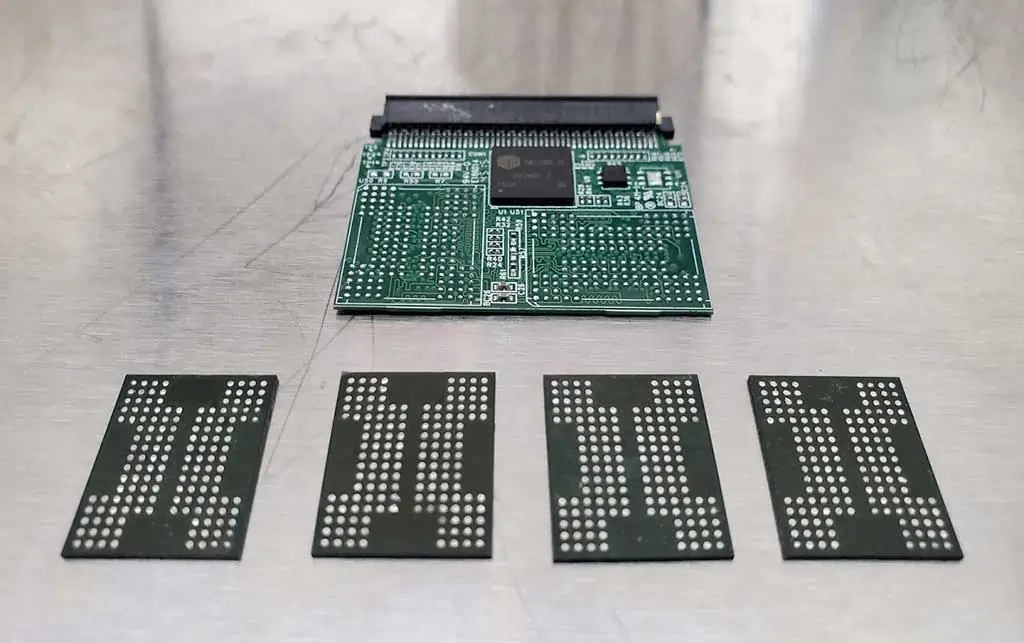
In your deliberation, consider the nature of your photographic or videographic pursuits and the quantum of data typically generated during a shoot. Should you frequently contend with substantial file sizes, such as RAW image files or high-bitrate video content, choosing a CF card with greater capacity ensures ample storage space without necessitating frequent card swaps.
CF Cards vs. SD Cards: Discerning the Distinctions
In the realm of memory card selection, you may find yourself pondering the choice between a CF card and an SD card. While both options possess their respective advantages, CF cards stand out in particular domains.
For professional photographers and videographers operating with high-caliber cameras in demanding shooting scenarios, CF cards frequently emerge as the preferred preference due to their superior write speeds and overall resilience. Conversely, SD cards find more prevalent usage in consumer-level cameras and devices, where the emphasis lies on convenience and cost-effectiveness.
CompactFlash cards have garnered the trust of professionals over an extended duration, courtesy of their swifter data transfer rates, exceptional write speeds, and durability. As an individual in the nascent stages of your journey, comprehending the merits of CF cards can furnish you with the insights needed to make judicious decisions concerning video recording and data storage.
In the process of choosing a CF card, it is prudent to direct your attention toward the read and write speeds, storage capacity, and compatibility with card readers. Esteemed brands such as SanDisk offer dependable selections like the Extreme Pro CompactFlash series, which delivers the performance and dependability requisite for professional applications.
Whether you find yourself ensnared in the act of capturing awe-inspiring photographs or engaged in the creation of high-caliber videos, CF cards proffer the velocity and capacity necessary to propel your creative endeavors to elevated echelons. Embrace the potency and reliability that CF cards bring forth, enabling you to unleash your creative prowess without constraints.
Frequently Asked Questions
What Constitutes a CompactFlash (CF) Card?
A CompactFlash card represents a species of storage medium harnessed within digital cameras, camcorders, and audio recording devices for the archival of photographs, videos, and assorted data. It manifests as a diminutive, detachable memory card renowned for its substantial storage capacity and swift data transmission capabilities.
How Should I Insert a CompactFlash Card into My Apparatus?
To introduce a CompactFlash card, locate the designated CF card slot on your equipment. Align the connector pins of the card with the corresponding slot, ensuring the card is oriented in the correct manner. Gently insert the card into the slot until it audibly clicks into position. Caution should be exercised to avoid undue force or erroneous orientation.
Is a CompactFlash Card Compatible with Every Apparatus?
No, the compatibility of CompactFlash cards is not universal across all devices. It is imperative to ascertain whether your device possesses the capability to accommodate CF cards before embarking on their utilization. Certain older devices, along with smaller consumer-grade cameras and smartphones, may exclusively support alternative memory card formats such as SD cards.
What Method Should I Employ for Data Transfer from My CompactFlash Card to a Computer?
For the purpose of data transfer from a CompactFlash card to a computer, the deployment of a CF card reader is advocated. Insert the CF card into the card reader, subsequently connecting the card reader to the USB port of your computer. The computer will promptly recognize the CF card as a removable storage entity, thereby enabling the facile copying or relocation of files between the card and your computer.
We’re Here to Help
Our experienced team is committed to helping you recover your critical data. No matter the situation, we work diligently to ensure the best possible outcome. Take action now and let us restore what’s important to you.
Start Recovery Process
"*" indicates required fields
